MIT
Latest
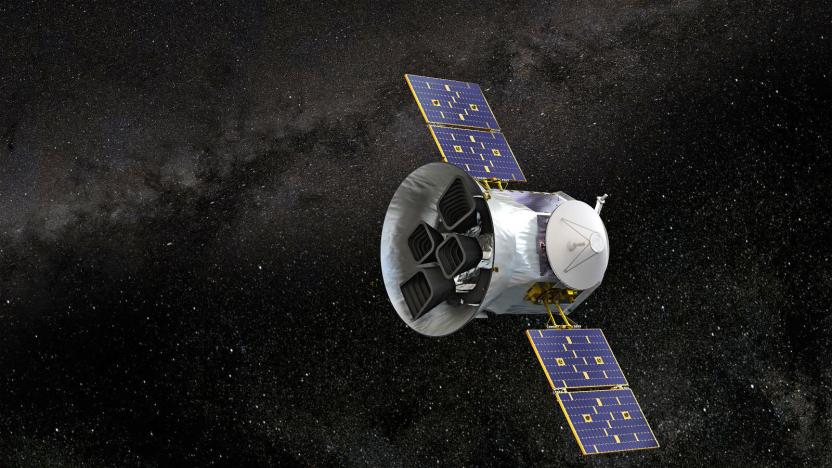
NASA’s TESS spacecraft finds its first Earth-sized exoplanet
One year after its launch, NASA's TESS (Transiting Exoplanet Survey Satellite) discovered its first Earth-sized exoplanet. Named HD21749c, the planet orbits a star just 53 light-years from Earth and is likely rocky but uninhabitable. The findings -- published in Astrophysical Journal Letters -- suggest TESS is capable of fulfilling its mission to catalog thousands of planet candidates, including more than 300 that are expected to be Earth-sized and super-Earth-sized exoplanets.
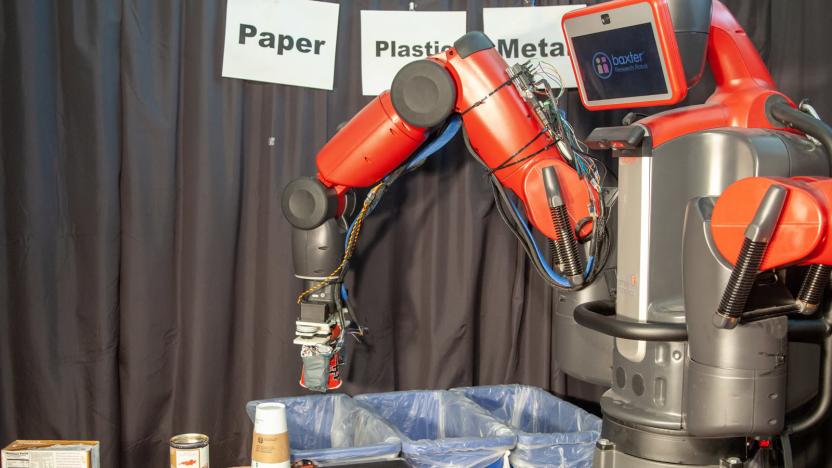
Recycling robot can sort paper and plastic by touch
It can be a pain for workers to sort recycling, both because of the safety and the sheer monotony of it. But how do you get robots to do the job when they can't always tell the difference between a can and a cardboard tube? For MIT CSAIL, it's simple: give the robots a sense of touch. Its researchers have developed a recycling robot, RoCycle, that uses sensors in its hand to determine the nature of an item and sort it accordingly. A strain sensor gauges an object's size, while two pressure sensors determine how squishy that object may be, whether it's easily-crushed paper or more rigid plastic. It can even detect the presence of metal, since the sensors are conductive.

MIT suspends its research partnerships with Huawei and ZTE
The Massachusetts Institute of Technology is putting its funding and research ties with Huawei and ZTE on hold due to US investigations against the Chinese companies. The university will also add extra layers of scrutiny to projects and funding linked with China, Russia and Saudi Arabia.
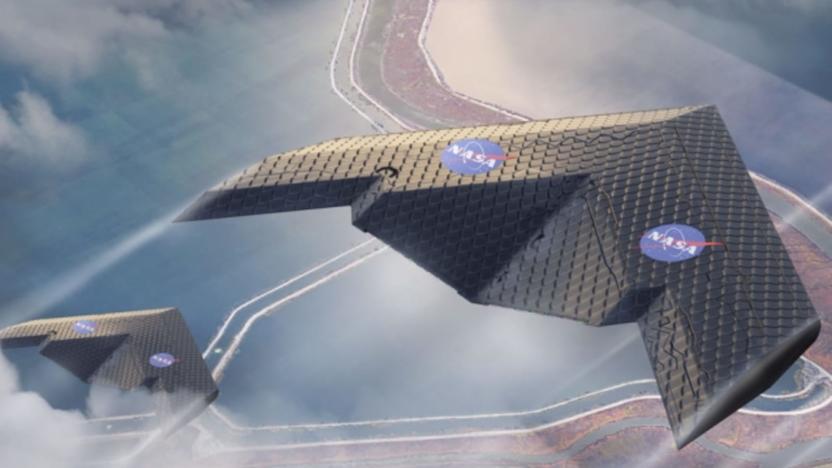
Researchers designed a shape-shifting airplane wing
If you've had a window seat next to the wing of an airplane, you've probably watched as flaps on the wing engage and disengage as a plane takes off and lands. That's because in each phase of flight -- take off, landing, cruising and maneuvering -- the ideal wing parameters vary. Until now, we've made do by modifying rigid wings with hinged surfaces. But imagine if the entire wing could change shape -- that's what researchers led by NASA and MIT are working towards.
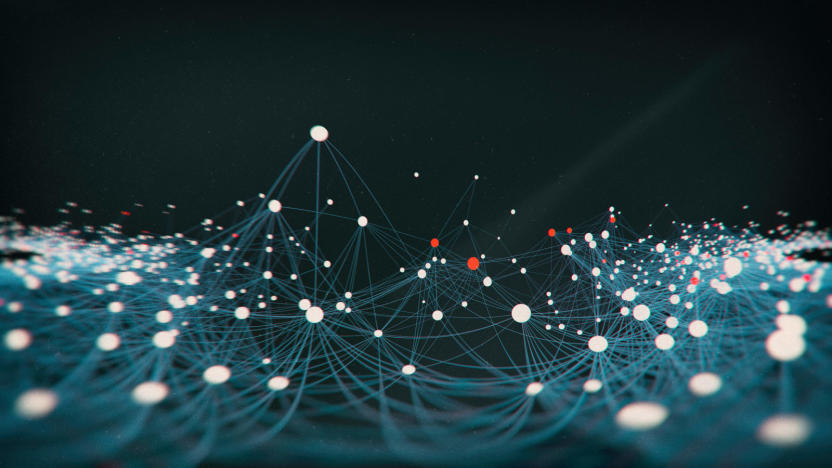
MIT’s AI can train neural networks faster than ever before
In an effort "to democratize AI," researchers at MIT have found a way to use artificial intelligence to train machine-learning systems much more efficiently. Their hope is that the new time- and cost-saving algorithm will allow resource-strapped researchers and companies to automate neural network design. In other words, by bringing the time and cost down, they could make this AI technique more accessible.

Robot brain teaches machines to pick up objects they haven't seen before
MIT's Computer Science and Artificial Intelligence Laboratory (CSAIL) has developed a new system that gives robots the power to pick up and handle any object, even those they haven't seen before. Despite how smart machines have become, most factory robots still need to be preprogrammed with the objects they're going to handle -- that's why roboticists are taking it upon themselves develop technologies that can teach themselves how to manipulate various items. CSAIL's system called kPAM works by creating visual roadmaps of objects by seeing them as collections of 3D keypoints.

MIT robot's flytrap gripper can grab both fragile and heavy objects
Robot hands tend to skew toward extremes. They can pick up delicate objects or heavy objects, but rarely both. MIT CSAIL's solution? Avoid hands altogether. Its researchers have developed a Venus flytrap-like gripper that can grab objects as fragile as a grape, but also items 100 times its weight -- even if they're oddly shaped. The trick relies on a combination of clever physics with brute force.
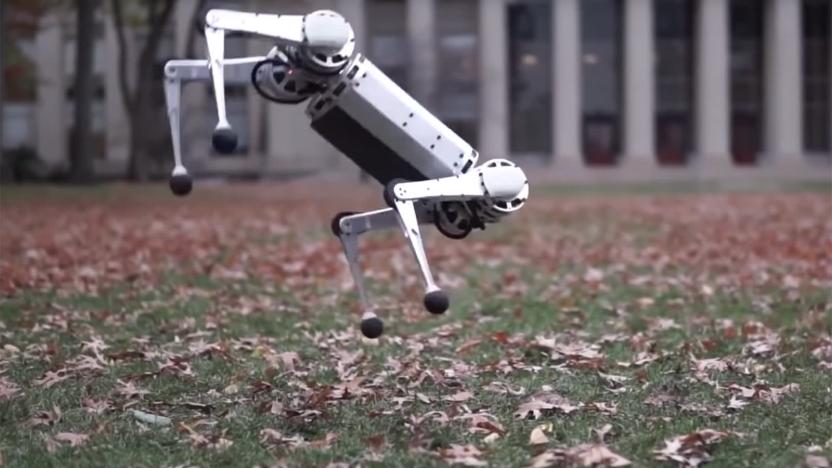
MIT's Mini Cheetah robot knows how to do backflips
MIT's original Cheetah robot is already quite nimble on its feet, but there's now a smaller counterpart that might put it to shame. Researchers have shown off a new Mini Cheetah that can pull off a number of slick moves, including backflips -- it's the first four-legged robot to pull off the feat, according to MIT. It can also walk upside-down Exorcist-style, pick itself up after falls and trot at a relatively brisk 5.5MPH on less-than-smooth terrain.

MIT developed a new system to help robots track objects
Researchers at the Massachusetts Institute of Technology have developed a new system that will either improve the quality and accuracy of robotics or lead to humanity's inevitable demise at the hands of mechanical overlords. Using RFID tags, the researchers were able to make robots more efficient and accurate when tracking moving objects. The development carries major implications for the future of drones, manufacturing robots and many other applications.
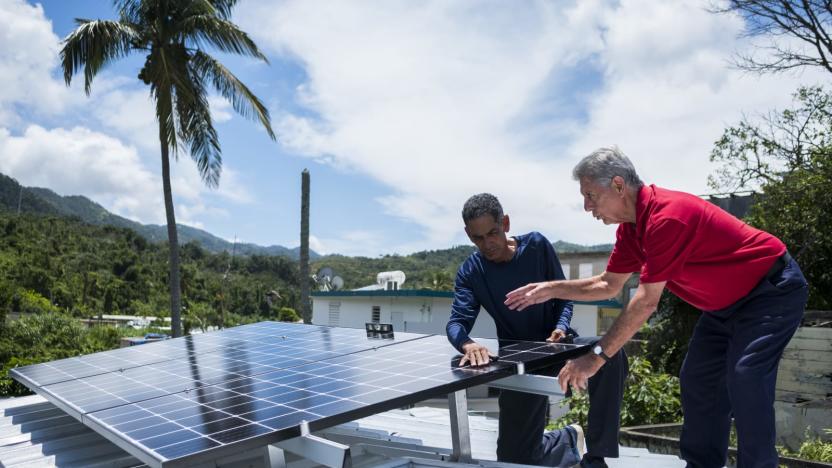
AI-guided material changes could lead to diamond CPUs
Scientists know that you can dramatically alter a crystalline material's properties by applying a bit of strain to it, but finding the right strain is another matter when there are virtually limitless possibilities. There may a straightforward solution, though: let AI do the heavy lifting. An international team of researchers has devised a way for machine learning to find strains that will achieve the best results. Their neural network algorithm predicts how the direction and degree of strain will affect a key property governing the efficiency of semiconductors, making them far more efficient without requiring educated guesses from humans.
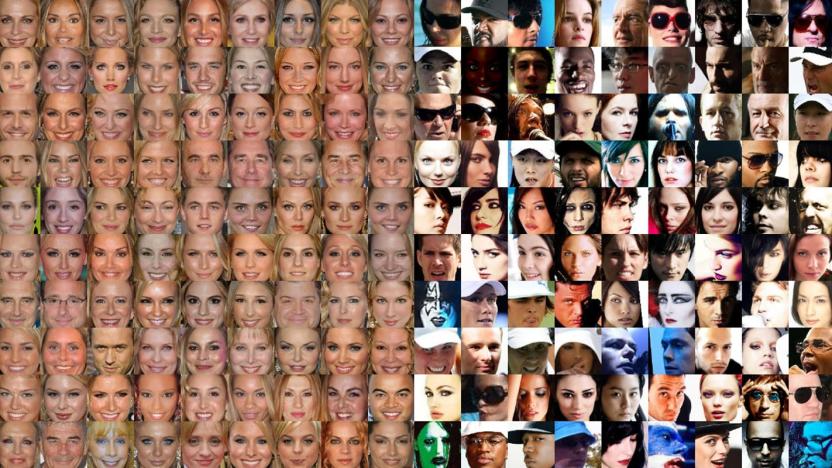
MIT hopes to automatically 'de-bias' face detection AI
There have been efforts to fight racist biases in face detection systems through better training data, but that usually involves a human manually supplying the new material. MIT's CSAIL might have a better approach. It's developing an algorithm that automatically 'de-biases' the training material for face detection AI, ensuring that it accommodates a wider range of humans. The code can scan a data set, understand the set's biases, and promptly resample it to ensure better representation for people regardless of skin color.
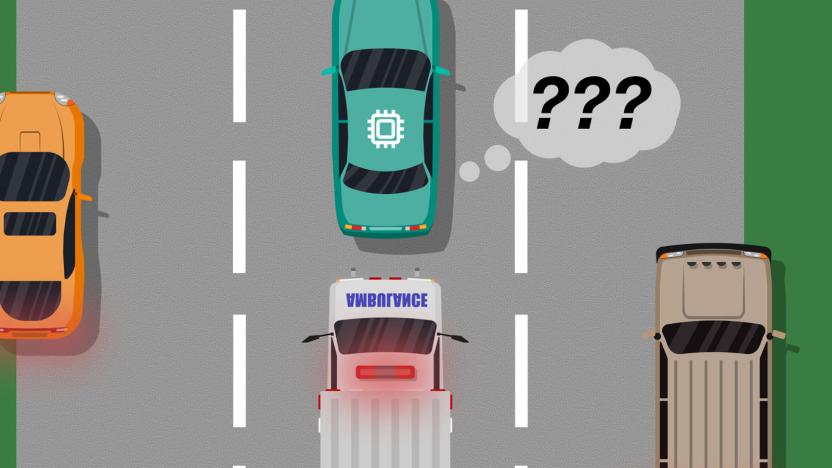
Microsoft and MIT can detect AI 'blind spots' in self-driving cars
Self-driving cars are still prone to making mistakes, in part because the AI training can only account for so many situations. Microsoft and MIT might just fill in those gaps in knowledge -- they've developed a model that can catch these virtual "blind spots," as MIT describes them. The approach has the AI compare a human's actions in a given situation to what it would have done, and alters its behavior based on how closely it matches the response. If an autonomous car doesn't know how to pull over when an ambulance is racing down the road, it could learn by watching a flesh-and-bone driver moving to the side of the road.
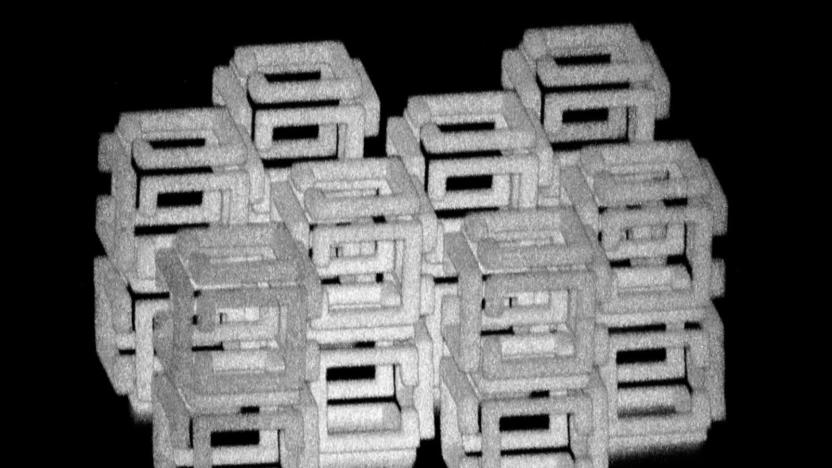
MIT can shrink 3D objects down to nanoscale versions
It's difficult to create nanoscale 3D objects. The techniques either tend to be slow (such as stacking layers of 2D etchings) or are limited to specific materials and shapes. MIT researchers might have a better way -- they've devised a technique for making nanoscale versions of 3D objects using a wide variety of materials and shapes. The team ultimately reversed a process for imaging brain tissue, whittling a relatively large object down to a creation one thousandth its original size.

AI reveals hidden objects in the dark
You might not see most objects in near-total darkness, but AI can. MIT scientists have developed a technique that uses a deep neural network to spot objects in extremely low light. The team trained the network to look for transparent patterns in dark images by feeding it 10,000 purposefully dark, grainy and out-of-focus pictures as well as the patterns those pictures are supposed to represent. The strategy not only gave the neural network an idea of what to expect, but highlighted hidden transparent objects by producing ripples in what little light was present.
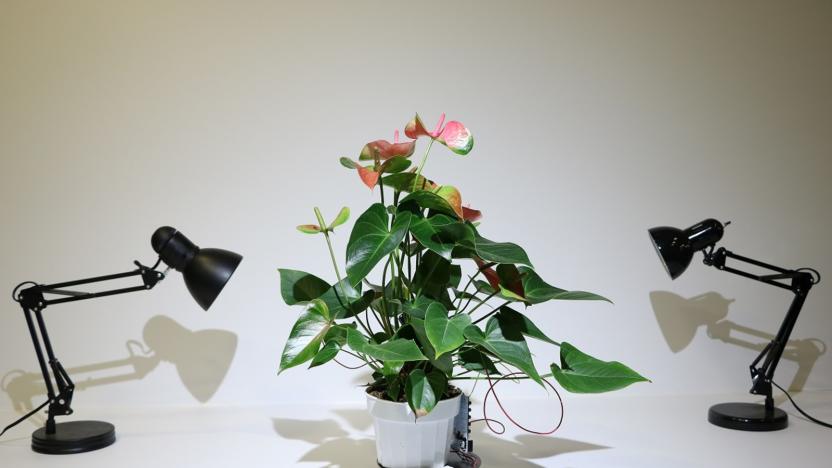
MIT researchers create a robot houseplant that moves on its own
Despite our best intentions, keeping a houseplant alive can be a struggle for a lot of us. But that vague wave of sadness you feel when you end up unceremoniously dumping your potted pal in the bin is about to reach a new and slightly disturbing level, as researchers from MIT have found a way to use robotics to tap into plants' human-like characteristics.
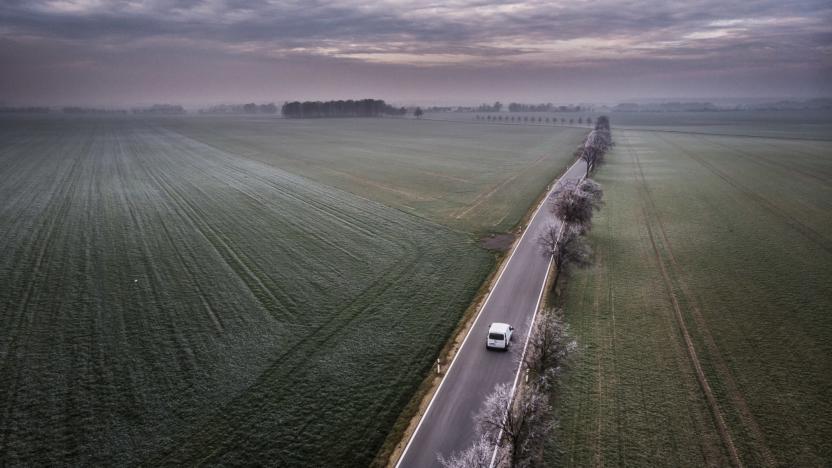
Facebook and MIT tap AI to give addresses to people without them
About four billion people in the world are without a physical address. The MIT Media Lab and Facebook are teaming up to create a solution that will use a machine learning algorithm to identify and assign addresses from satellite images. The system would provide a cheap and efficient alternative to conventional mapping methods.

AI faithfully recreates paintings with the help of 3D printing
It's easy to get a basic reproduction of a painting, but getting a truly accurate copy is harder than you think. Modern 2D printers typically only have four inks to work with, which simply won't do if you're trying to mimic a classic. Researchers at MIT's CSAIL might have a much better solution -- they've developed RePaint, a system that recreates artwork using an AI-guided 3D printer. The technology promises color-accurate reproductions even in less-than-flattering conditions.
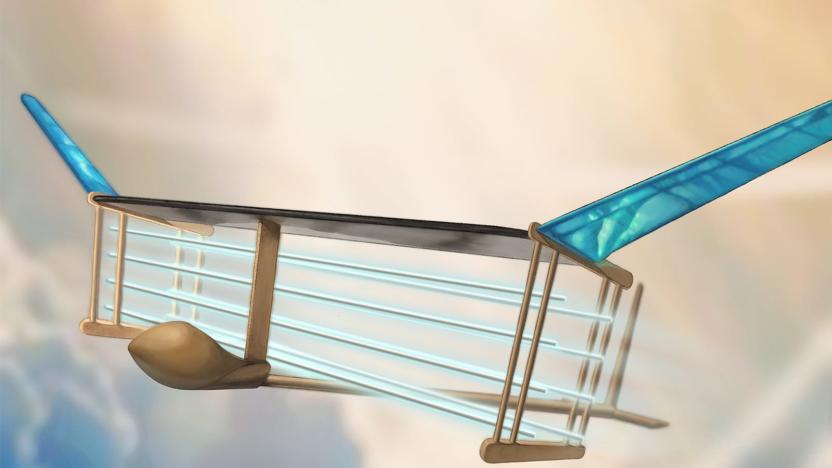
Ion-powered aircraft flies with no moving parts
As clean as electric aircraft can be, there's still one kind of pollution they still produce: noise. Even that might go away before long, though. MIT researchers have successfully flown an ionic wind-powered aircraft that doesn't use any moving parts. The 16-foot wide machine stays aloft by charging wires with a high enough voltage (40,000V) that they strip negatively-charged electrons from air molecules, which are promptly attracted to negative electrodes at the back of the aircraft. The collisions from that newly-formed ionic wind create the thrust needed to keep the vehicle airborne.
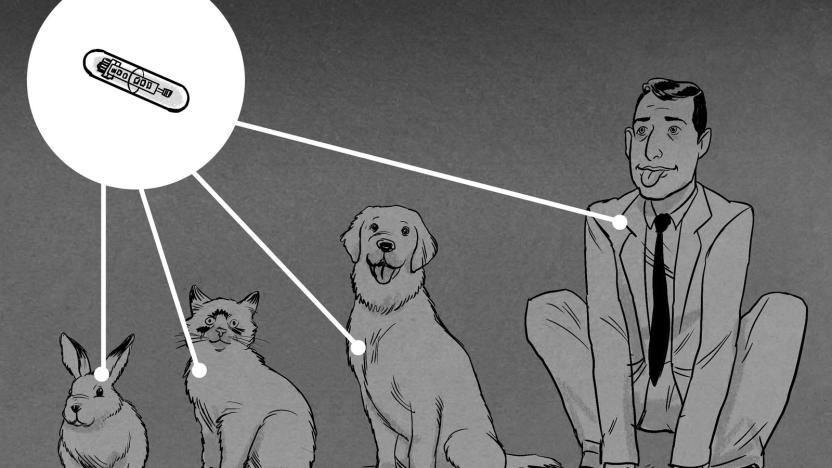
More companies are chipping their workers like pets
The trend of blundering into the void of adopting new tech, damn the consequences, full speed ahead, continues this week. The Telegraph tells us about "a number of UK legal and financial firms" are in talks with a chip company to implant their employees with RFID microchips for security purposes.
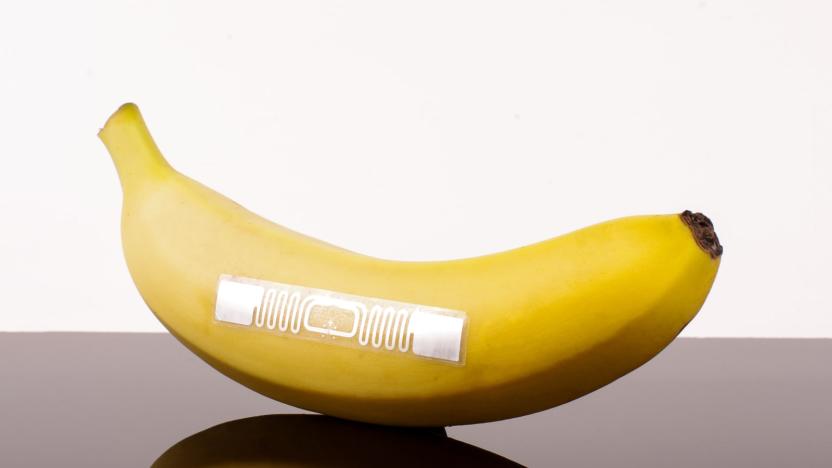
Everyday RFID tags could help spot food contamination
You might not need special sensors or old-fashioned inspections to tell whether food has gone bad. If MIT has its way, the tags you already find on your food might do the job. Its researchers have developed a wireless system, RFIQ, that detects potential food contamination based on minute changes in the signals emanating from the RFID tags you often see on containers. As different materials absorb different amounts of the tags' electromagnetic frequencies, you can use a reader to spot changes in response signals and identify food contamination. If a foodstuff dries out, for instance, you'd notice a different signal than when it was still moist.






